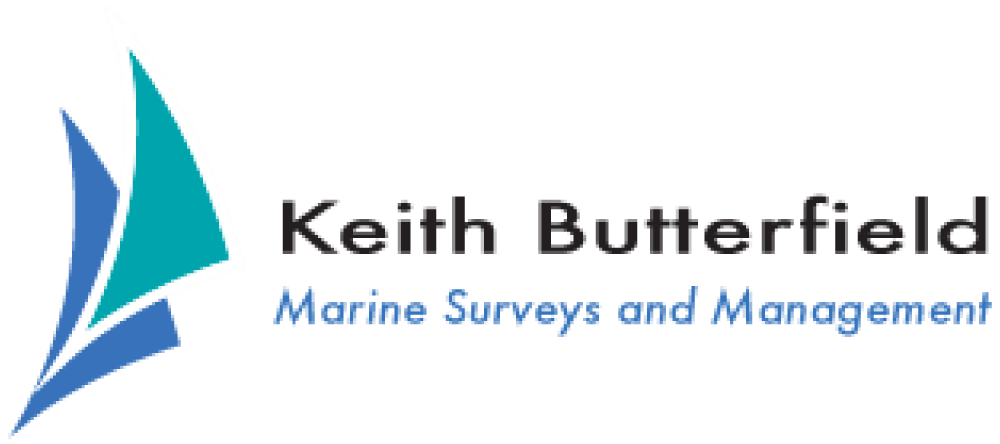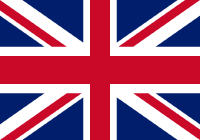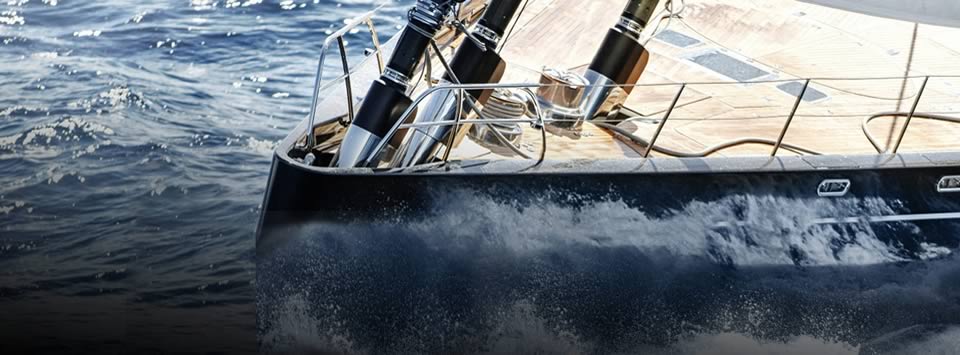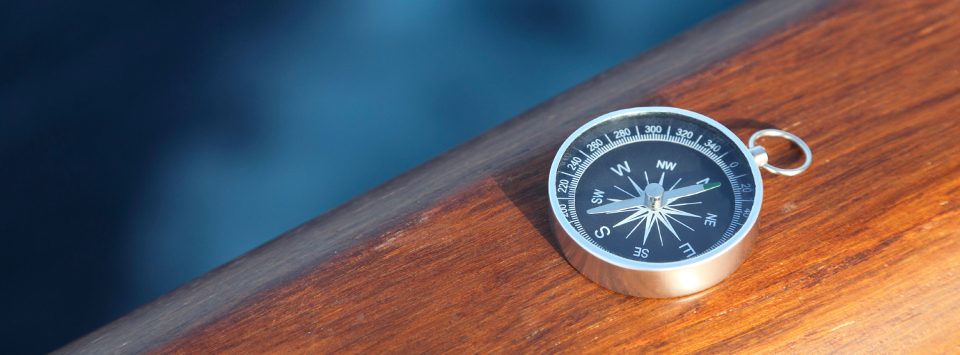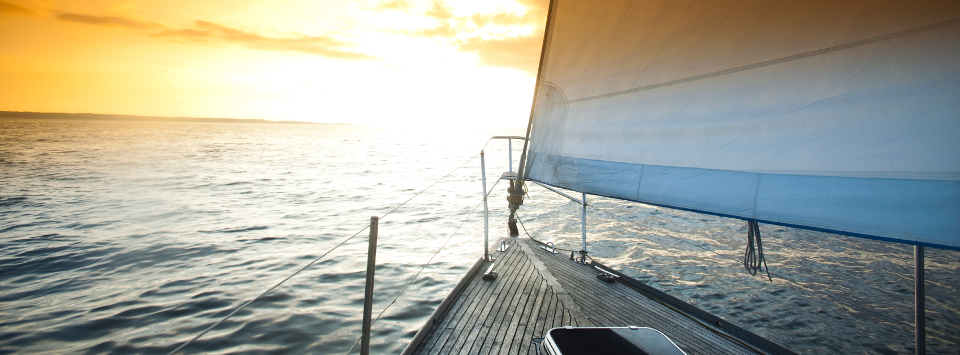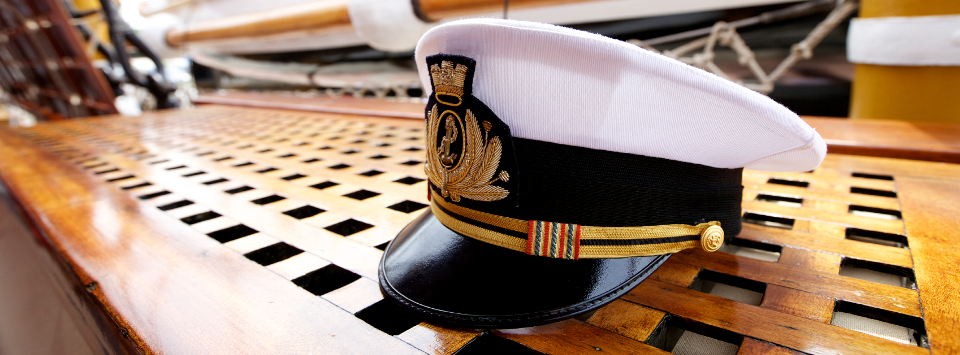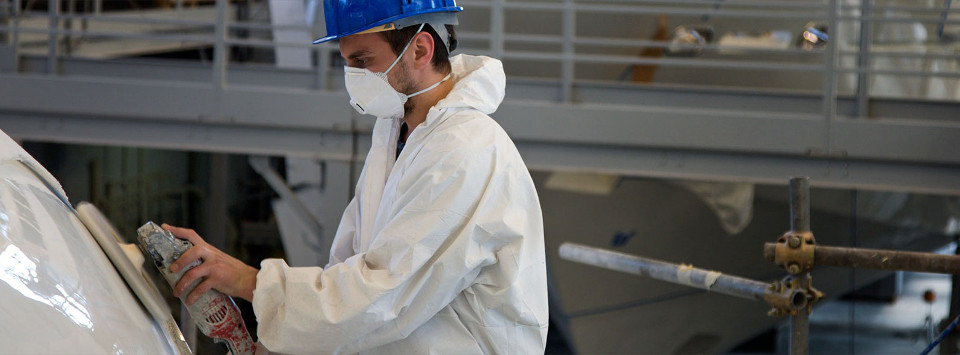Engine Installation Surveys
A detailed external inspection of the engine, associated systems and general installation. Engine installation surveys are specifically tailored for: Inboard Engine, Stern Drives, Outboard Engines, Sail Drive, Jet Drive, Azimuth Thrusters, Volvp Penta (IPS) Inboard Performance System.
1) Inboard engine inspection typically covers: External assessment of Propulsion Assembly - engine, gearbox (reduction and clutch), ignition/injection systems, lubrication, cooling system (direct/indirect), exhaust system (wet/dry), steering system, stuffing box/stern gland seal, shaft coupling and bearings, engine control systems and linkages, starting/charging system, electrical installations.
The assessment covers safety, access and suitability of the installation. Engine beds and mounts checked along with main frames. Fuel tanks, fuel supply (hoses and pipes), taps, filters, water traps. Battery installation. Fire system and insulation. Flooding - location and suitability of thru-hull fittings, pipework and sealing methods. Acoustic insulation, lagging, ventilation system. Bilge pump system.
2) Stern drive inspection typically covers (Inboard engine inspection where relevant): To satisfactorily inspect a stern drive the vessel needs to be ashore and the drive removed from the boat. Lack of routine inspection is the cause of premature failure of universal joints, gimbal bearings, engine drive coupling, rubber gaiter and bellows. Inside the bellows are important parts which require regular service. There are very specific procedures to follow, they should be followed to the letter to insure that the drive and controls function properly.
Most damage is due to lack of maintenance. The drive units internal (and some external) parts contain different metals which compound corrosion problems. Often damage is a result of the improper installation of electrical equipment; a common example is incorrect polarity in a retro-fitted bilge pump or loss of electrical continuity between the drive and the transom.
If the drive has not been dismounted only an external inspection will be possible
3) Outboard engine inspection typically covers (Stern drive inspection where relevant): Outboard drives are exposed to the elements and control, steering and ignition systems suffer. The main area of concern is the lower drive unit which turns the drive shaft, this is a heavily stressed part which requires large bearing support and an excellent water seal to prevent oil contamination. The combination of bearing wear and damage to the seal (as well as grounding of the propeller) lead to failure.
Only an external inspection the unit is possible.
4) Sail Drive or ‘S' Drive Inspection typically covers (Inboard Engine Inspection/Stern Drive/Outboard inspection where relevant): A sail drive resembles the bottom part of an outboard unit. The leg passes through the hull below the surface and is sealed by a rubber diaphragm. This diaphragm is a source of problems as it is prone to wear and degradation, it requires constant observation. Like outboard units the alloy castings require good anode protection. There is always a risk to the exposed leg to severe damage from a heavy grounding. They are not designed to shear off.
Only an external inspection of the lower leg is possible.
Other engine installations inspections will be specifically tailored to meet requirements.
